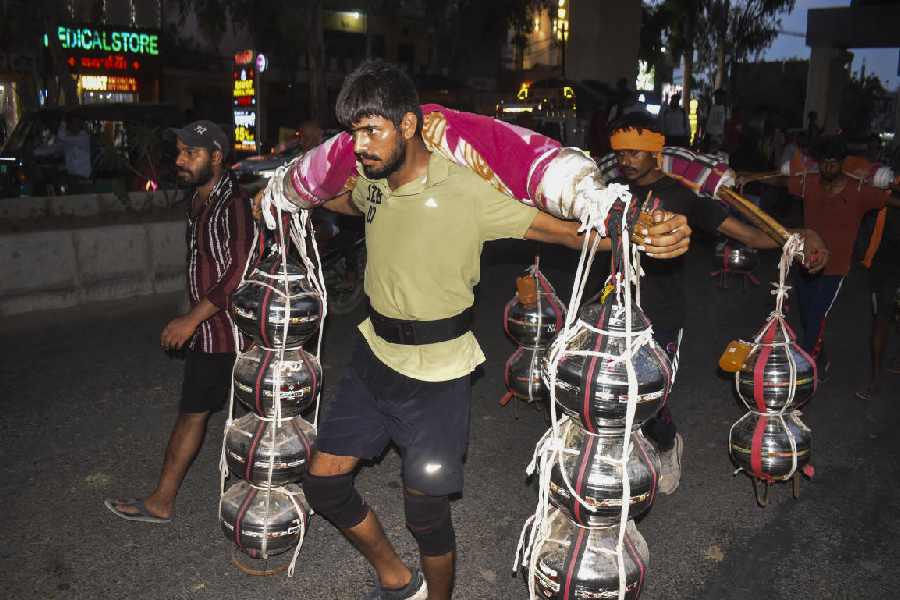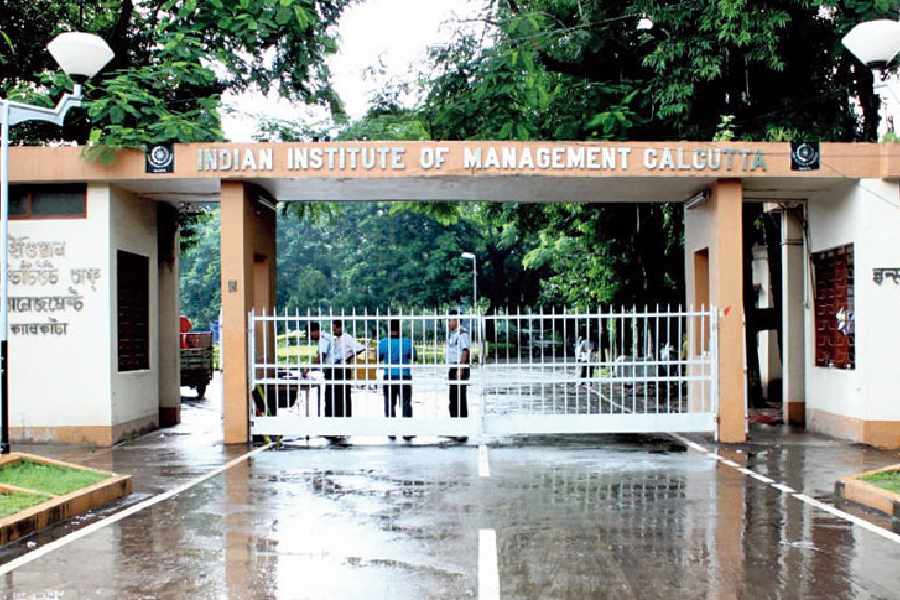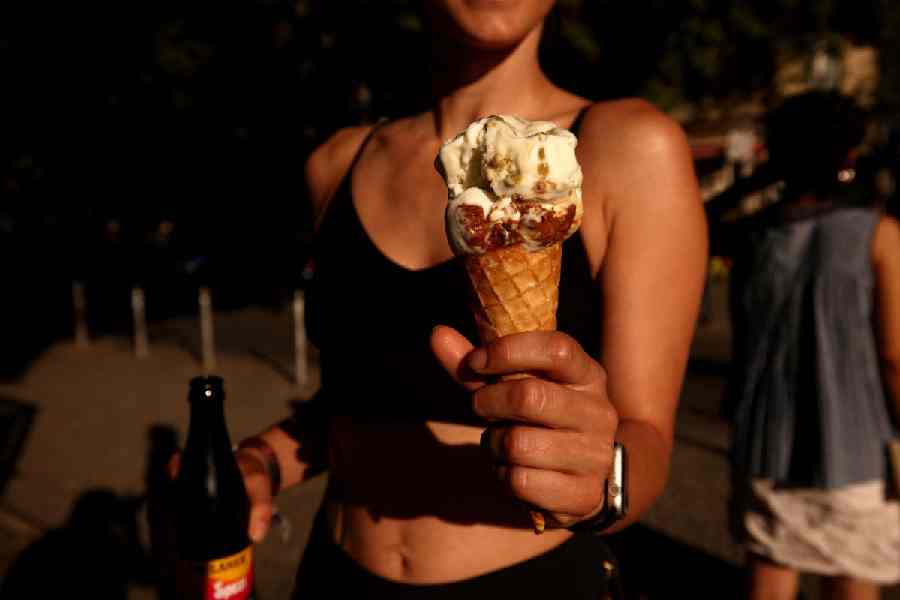 |
 |
 |
 |
| (From top): Shoppers walk through the Galeries St Hubert and the iconic Manneken Pis; the flower mart in the town square; a view of the historic Grand Place |
I sat on the terrace of Le Roy d’Espagne, at the corner of Grand Place (or Grote Markt, as the Dutch will have it), debating between the Gueuze Belle-Vue and the Gueuze Belle-Vue Avec Bouchon De champagne. Roger, who I was expecting, had recommended the Gueuze, a dark, semi-sparkling beer, slightly acidic, regarded as “the burgundy of beers”, a speciality of Brussels. Le Roy d’Espagne was also Roger’s idea, ‘the place for old buddies to meet’, he’d said in his typical Texan drawl. I was expecting a seven-foot beaming giant to pop up in front of my table any moment now but had to be content with a terse SMS: “Sorry. Detained. Will join you for dinner in three hours. Wait in front of Arenberg, Les Galeries Saint Hubert.”
Here I was having a drink by myself on a balmy summer afternoon with three hours to kill on what would be my last evening in Brussels. I decided to skip the Gueuze and ordered a small Stella Artois instead. Somewhere in the back of my mind I figured that, by doing so, I’d slighted Roger and extracted my revenge. Having tossed back the Stella, I decided to wander round Le Grand Place and the surrounding areas.
To tell the truth, Grand Place isn’t such a bad place to be if you have time to kill. In 1997, UNESCO declared it a World Heritage site for its “outstanding quality as a public open space”. The report waxed eloquent about the strange mix of buildings around the cobblestone square, built mostly during the 17th and 18th centuries.
Between April and September, the town-square is illuminated at night and classical music plays in different corners. Every two years, during the third week of August, Belgian begonia cultivators decorate the place with a beautiful flower carpet resembling coats of arms.
Le Roy d’Espagne, at No 1 Grand Place, also built in 1697, was once the headquarters of the guild of bakers. It owes its name to the bust of Charles II on the facade on the 2nd floor. In 1697, Charles II was king of Spain and governor of the Netherlands of which Belgium was then a part. Saint-Aubertus, the patron saint of the bakers, watches benignly from the ground floor, above the entry. Today it is a brasserie-tavern serving more than 600,000 glasses of the best Belgian beers each year.
In the centre of the market place is the H?tel de Ville de Bruxelles (Brussels Town Hall) with its Gothic facade, arched windows and imposing tower. It dates back to 1402 and is the seat of the civic government. The Hotel de Ville is decorated with various sculptures including one of St Michael slaying a female devil. When the city’s legislative body isn’t in session, guided tours are permitted. Inside are rooms housing art from the 17th and 18th centuries.
La Maison du Roi (King’s House) is across from the Town Hall, and is now the Museum of Brussels. Although called the King’s House, no king has ever lived there. In Flemish, it is more appropriately called Broodhuis (Bread House), as at one time it used to be the Bakers’ Hall. It was subsequently rebuilt to house the administrative offices of Charles V. It now houses artwork and Belgian tapestry. There’s also quite a collection of dresses of that irreverent icon ? the Manneken Pis.
The Manneken Pis, originally called “le petit Julien” (“the young boy Julien”), isn’t easy to find, located on a street corner near the Grand Place. This 30 cm urinating bronze boy, has been the pride and joy of the city for centuries, a symbol of its irreverence and joi-de-vivre.
Much mythology surrounds him. The official origin dates back to August 13, 1619 when the city ordered sculptor Jerome Duquesnoy to make a new bronze statue of Manneken Pis to replace an old er one. According to one legend, a little boy had watered against the door of a witch who lived where the fountain stands. The angry witch turned the little boy into a statue. Another says that a man who’d lost his son found him after two days peeing near the place where the fountain of Manneken Pis now stands. In thanksgiving, the father had the fountain with the statue built.
The little boy received his first costume in 1698. He now has a collection of over 600 costumes, on display in the Mus?e de Ville. Today he had nothing on. I wished I had a costume to offer him. To thank me, the Manneken Pis would have, as per custom, offered me beer which comes from a beer barrel attached to the statue. Frankly, I’ve never been impressed by the statue. Over the years I’ve seen too many tacky imitations, and not just in Brussels.
I turned towards the Galeries St Hubert, a glass-roofed shopping arcade designed by Jean-Pierre Cluysenaar as a commercial retreat for the well-to-do wives of local businessmen. When L?opold I opened it in 1847, the arcade was the first enclosed shopping mall in Europe and a haunt of Baudelaire and Victor Hugo. Hugo is rumoured to have kept his mistresses in an upstairs apartment.
From there I turned into Delvaux, one of the most revered Belgian brands for bags and scarves, Ciel Mes Bijoux! (for 1930s-to-70s jewellery), Tropismes (for art books) and the original 19th-century Neuhaus chocolate shop (famous for Belgium Pralines).
If Belgian chocolate isn’t to your taste, there’s always another Belgian creation who seems unaffected by time. I spent some time in the Tintin shop, trying to choose between Tintin T-shirts, mugs and prints before deciding on a copy of Tintin in Tibet to read on the flight back home.
Then, I inspected the programme at the Arenberg, Brussels’s pre-eminent art-house cinema and even toyed with the idea of sneaking inside to watch a Dutch flick and keeping Roger waiting. But no. I had to visit the Museum of Cocoa and Chocolate, located in one corner of Grand Place. I was happy to step in once again to hear how chocolate came to Europe, watch a video about the chocolate production process, and dip a cookie in the chocolate fountain.
I stopped at a shop selling traditional Brussels lace to pick up some placemats. In the 15th century, Charles V had decreed that lace-making was to be taught in the schools and convents of the Belgian provinces. Lace-making is an industry now employing about 1,000 lace workers, all ladies aged between 50 and 90.
I SMS-ed Roger, “Meet me at Chez L?on, Rue des Bouchers” and headed there. Even as I sent the SMS, I’d already decided on mussels and French fries washed down with some good wine. I had no intention of copying Roger and biting into a hamburger and sipping Diet Coke.
On the way I passed Cathedral Saint Michele, a magnificent Gothic cathedral. The interior is beautiful with stained glass windows and an oaken pulpit. Leading off from Galeries St Hubert in a lively little quarter known as Il?t Sacr?, is the famous Rue des Bouchers. The narrow cobbled street, with restaurants on either side, is of historical importance.
Off the middle of Rue De s Bouchers is a short passage ? Impasse de la Fidelit?. I walked on disregarding the pleas of restaurateurs promising special Belgique wine gratis if I dined at their establishment.
Finally, a friendly, “Bonsoir, Monseiur” and I knew I was at the Chez L?on. I was not an infrequent visitor to this cheerful restaurant brasserie, specialising in Belgian cuisine. Over 100 years old, it’s expanded over the years into a row of eight old houses almost always full with locals and tourists alike. I asked for the drinks card. I knew I had to drown a few before the prodigal Roger made his appearance.










